Beginners often come with the question of why fish keep dying in their tanks. Sometimes, veterans can also find themselves in this situation. This article will address different reasons why a fish dies in the aquarium. New tank syndrome and sudden death reasons are also part of the discussion. In conclusion, you’ll be clear about how to prevent fish from dying.
Content Table
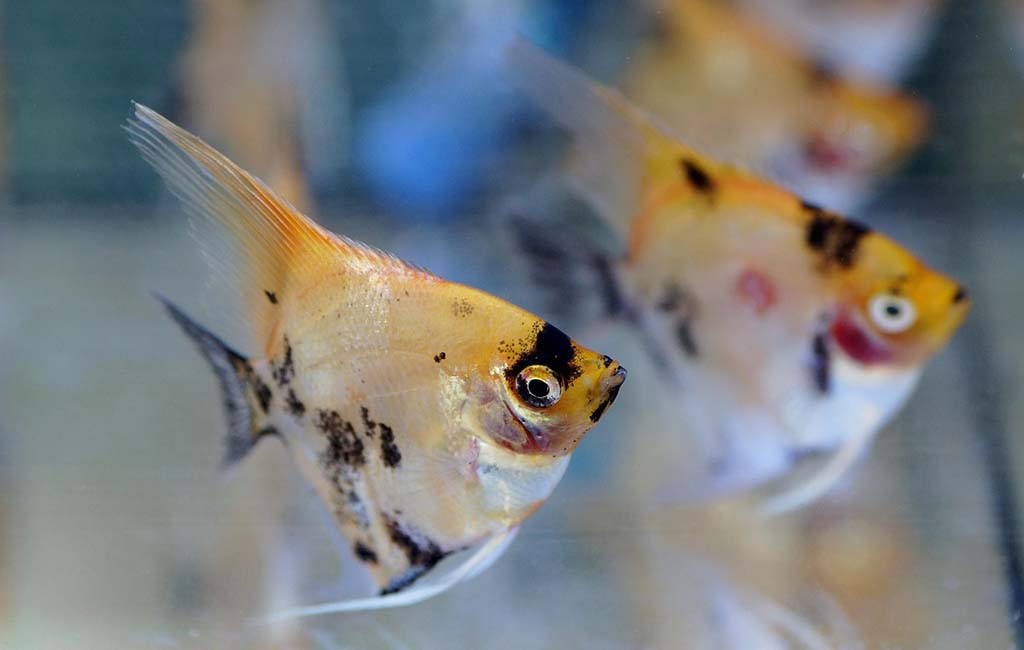
To prevent fish from dying
Why Do Fish Keep Dying?
It’s the most tragic for any aquarist that they leave a happy fish tank at night but find upside-down fish early in the morning. Therefore, it’s necessary to learn about the causes of fish death. Here are some reasons.
Bad Tank Condition
Bad tank condition is associated with the beginners. Usually, it takes a few days to a few weeks. However, in worse conditions, fish will die overnight.
Stress
Stress is another reason why fish die in the tank. Stress fades the color, causes appetite loss, increased lethargy, etc. There are many reasons for stress among the fish.
| Improper water parameters | Worse water condition | Overcrowding |
| Incompatible tank mates | Unfunctional or under-functioning equipment | Overfeeding or underfeeding |
Overcrowding
Overcrowding also causes fish deaths. It raises the tension among the tank mates, increases competition for fish food, piles up waste, reduces DO, etc. These reasons lead to illness and reason to death.
Improper Feeding
Many times, fish die due to their diet. Overfeeding is also equally dangerous for the fish as underfeeding. Underfeeding leads to starvation, while overfeeding causes obesity and a high waste load in the tank, leading to an imbalance in tank parameters. Due to improper research, aquarists keep incompatible tank mates in terms of diet, i.e., mix herbivores with carnivores. Due to the improper food type, the fish dies.
Tank Mismanagement
Lack of scheduling, improper management techniques, and not sticking with the maintain schedule also cause fish death. These things will result in tank parameter degradation, i.e., DO, pH, water temperature, etc. These factors will directly affect the fish’s lives.
Reasons for Fish Death on Transferring to a New Tank
Sometimes, on transfer to the new tank, fish die. Here are the reasons.
| pH difference from the optimal condition. | New tank syndrome. | Improper water parameters, i.e., reduced DO level and variation in ammonia, nitrite, and nitrate levels. |
| Sudden temperature changes lead to cold shock or high temperature. | Lack of acclimation. |
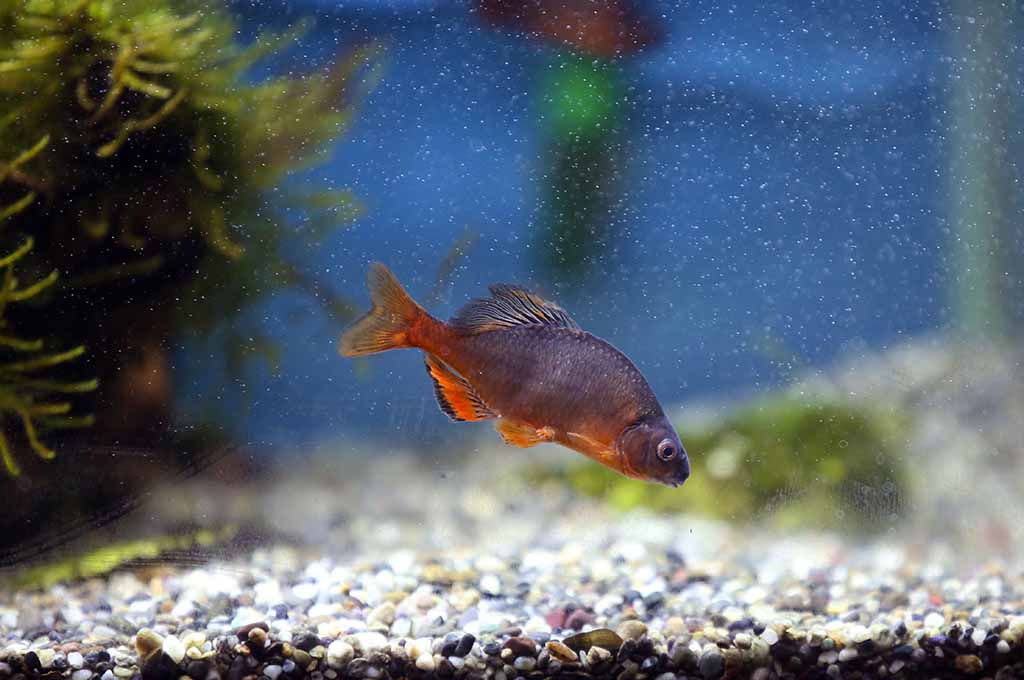
What Causes Fish to Die Suddenly in an Aquarium?
There are many reasons why a fish suddenly dies in the new tank. Here are some of the leading reasons.
Temperature Shock
There are two scenarios that your fish can face on sudden water change, i.e., lower and high temperatures.
High Temperature
High temperatures reduce the dissolved oxygen level. Fish find it hard to breathe and die due to suffocation.
Low Temperature
When they are suddenly exposed to cold water, fish experience cold shock. Here are some changes in the fish body that ultimately result in death.
| Change in neural activity. | Change in metabolism due to the release of Catecholamine and Corticosteroid hormones. | Cold shock also increases the Lactic Acid level and changes the number of white and red blood cells. |
Water Quality
The other leading cause of sudden fish death in new tanks is the water quality. Fish are sensitive to water parameters. A partially established tank will cause a new tank syndrome. This syndrome leads to sudden death.
New tanks lack beneficial bacteria. These bacteria help to break down the ammonia. When there are no beneficial bacteria, they lead to ammonia pile up in the tank, causing problems for the newcomers. Moreover, sudden water change leads to a pH difference and oxygen levels.
Unexpected Toxin
Fish suddenly die in aquariums due to the possible presence of toxic elements in the water. It might be due to many reasons, e.g., chlorinated water, bug spray, soap, or some cleaning chemical agents.
Stress
Stress is one of the reasons why a fish dies in a new tank. Sometimes, fish spend a lot of time traveling, and on arrival, the aquarist introduces them to a new tank without acclimation. Sudden water parameter changes and transportation fatigue cause a rise in stress. Stress leads to a slow fish death. One day, you’ll find your lifeless fish in the tank.
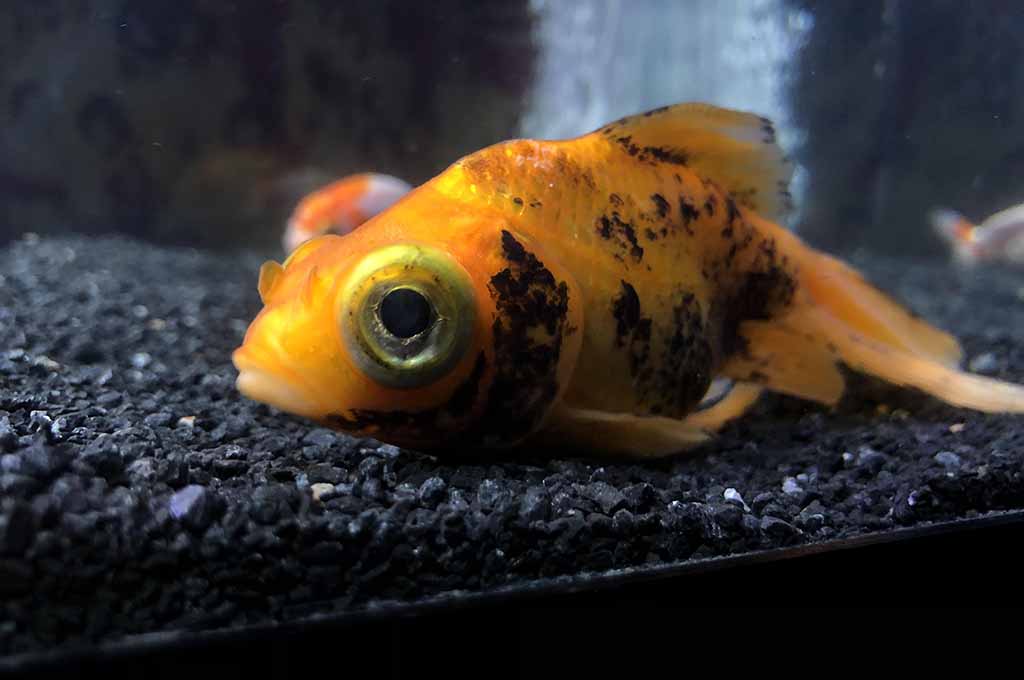
prevent fish from dying
Clean the Aquarium After a Fish Dies
It’s necessary to clean the fish tank after a fish dies in the tank to avoid further damage. Here is a step-by-step guide on how to clean an aquarium after a fish death.
Removal of a Dead Body
After dying, fish suddenly begin to decompose and cause a foul smell. Wear gloves or use a long spatula to remove the fish from the tank. Seal it in a zipper bag and dispose of it in the bin. If the fish died strangely, bring your zippered bag to your doctor or veterinarian to find out the proper reason. Inspection will help open new research horizons.
Spot Cleaning
If you are late and fish begin to decompose, clean the tank for any possible decomposed parts. Use a siphon to collect the decomposed parts from the tank. If glass cleaning is required, use aquarium safety cleaners. Vinegar is another suitable option for glass cleaning.
Water Change
After the deceased fish removal, spot cleaning, and removing any possible parts, go for the water change. Change 50% of the water to remove any potential toxins from the water. Use reverse osmosis or filtered tap water.
Filter Cleaning
If your fish died overnight, some decomposed traces may reach around the filter mouth. Therefore, it’s necessary to clean any possible fish parts. Additionally, check the water parameters and equipment.
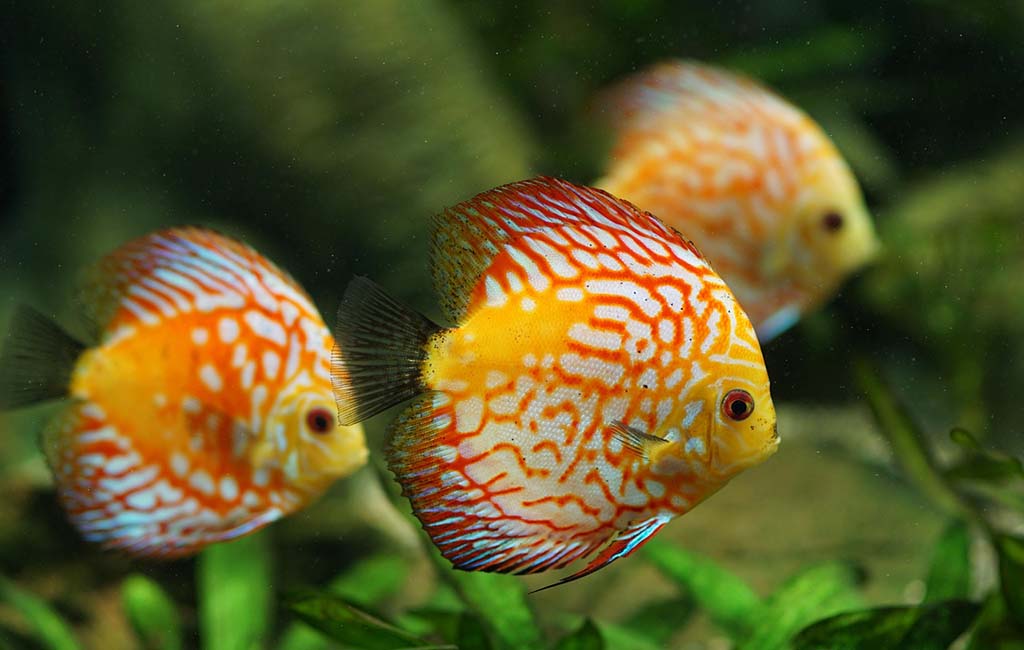
why do fish keep dying
Prevent Fish From Dying in Fish Tanks
Adopting a proper fish care procedure is a simple way to prevent your fish from dying in captivity. Here is the general procedure for keeping your fish happy; fish-specific guidelines are at the end of this section.
Water Temperature
Higher temperatures reduce DO levels, while lower temperatures can cause cold shock. Therefore, maintain an optimal water temperature as it affects multiple tank parameters. To achieve this, install a proper aquarium heater or some reliable thermostat. Set the temperature according to the breed and avoid temperature shock.
Proper Acclimation
Don’t put your fish directly from the fish bag into your main container. Acclimate them properly. Proper acclimation reduces sudden death chances and new tank syndrome. Every species has its acclimation period. Research your specific species and follow it properly.
Generally, acclimation involves hanging the fish bag in the tank for 30 minutes. After that, gradually add tank water into the bag to replace the previous water. Once your fish is comfortable with the water, add it to the tank.
Filtration and Water Quality
Use a proper filter according to the tank size. Frequently clean it. Do a regular water change, weekly or bi-weekly, and keep a check on toxin elements in the tank. Regularly test water parameters, i.e., pH, ammonia, nitrate, nitrite level, etc. Set it according to your fish species.
Avoid Overcrowding
Wisely fill the tank. If you want to add 15 to 20 fish, don’t add them at a time. Add 4 or 5 fish at a time. When they are set with the tank, add the next 4 to 5 fish, and so on. This will not pressurize the beneficial bacterial colony. Avoid overcrowding, as it can cause nausea in the tank. Every species has its requirements. Learn them before filling a tank.
Calm Environment
Create a calm environment within the tank. Include the appropriate number of plants, rocks, and decorations for hiding and establishing species territory. Choose calm equipment and soothing lights, and avoid frequent experimentation with the arrangement.
Schedule Diet
Overfeeding, underfeeding, and unscheduled feeding cause stress and other problems in the tank. Give a balanced diet according to the schedule. Keep a variation among diet options. It’ll help to avoid monotony. Feeding frequency varies with the species. So keep it in mind.
| Specie | Betta Fish | Succer Fish | Carnival Fish | Neon Tetras |
| Temp | 76–85 °F | 59–77 °F | 68–74°F | 72–76°F |
| Acclimation | 15–20 minutes | 20–45 minutes | 1 hour | 1–2 hours |
| Space | 3 gallons per betta | 125 gallons for common Succer fish | 40 gallons per carnival on adult | 20 gallons per tetra |
| Feeding | 2 times per day | 1 time per day | 2 times per day | 2 times per day |
So, What Now
Fish dying in aquariums is extremely painful for every aquarist. There are many reasons why fish keep dying. To prevent your fish from dying, make an optimal setup according to your specified species, schedule the maintenance routine, and closely observe your fish daily. Enjoy your daily watching of happy fish therapy.
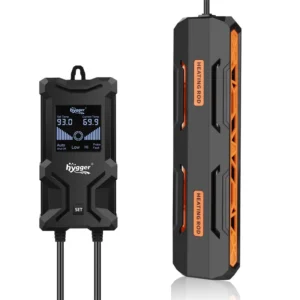
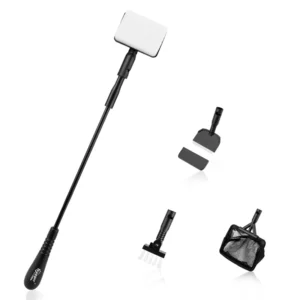
Love the new heater with digital controller, but would the company come out with a wifi connection for remote monitor? I have 4 for 4 tanks, but have to put in 4 Inkbird for remote monitor and alert.
Hi Richard Luu,
Thank you for your suggestions, we are working hard to develop them.
Thanks